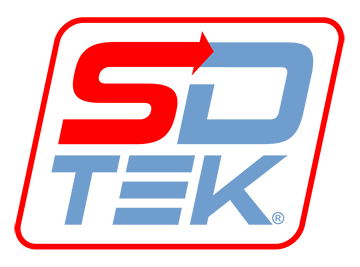More Recent Hacks And Their Effects on Businesses

Security breaches, cyber attacks, and simply being hacked are all now part of the regular news cycle. For every big company targeted, there are more attacks on small business which doesn’t make the news. Some organizations are even hosting malware without knowing. As more and more companies are being hacked, it can make you wonder, is your business safe?
Check out some of these recent hack attacks and their impact on businesses.
Bayer Pharmaceutical:
Malware
Bayer was lucky to detect the malware sitting on its system early in 2018 though it is not clear how long the malicious code has stayed on Bayer’s server. However, Bayer didn’t remove the malware upon discovery, it chose to monitor its activity with the aim of discovering its mode of operation, targets and source of the attack.
The Bayer attack was blamed on the Winnti hacking group which previously operated by stealing digital certificates from software vendors which are then used to sign malware to evade security software. Bayer removed the infectious code at the end of March but didn’t provide any specific details about its findings. It claimed that no data was stolen. We do not know if there are other damages.
Container World:
Ransomware
There is no limit to cybercriminals reach as they take on Container World , a warehousing and logistics handler for bars and restaurants around British Columbia. The booze supply chain was crippled by the attackers who demanded ransom to release the system. But the company reportedly refused to pay and opted to shut down the systems and rebuild from scratch to remove the malware.
The shutdown took about a week and it caused massive disruption to Container World’s customers who couldn’t get their needed products. The company stated that customers’ financial information was safe from the attack.
FILA’s:
Silent Card Harvester
The popular data stealing JavaScript code found its way to FILA’s website. Like similar scripts, it was designed to steal customers credit card details as they is entered on checkout pages. While the script dubbed the GMO operated, FILA was unaware of its presence and it took a third-party security firm Group-IB to notify FILA of the hack.
The code was reported to have been active on FILA’s website for about four months and may have compromised the card details of about 5,600 customers according to an estimate by Group-IB , that detected the malware. Fila was slow to respond to the discovery but it eventually took action to remove the malware.
The malware could have gotten into FILA’s system via vulnerabilities in the Magento CMS, admin password cracking or phishing attacks.
The Weather Channel:
Hack
One would expect the weather channel to be free from hacks since it doesn’t handle financial information but the reality is different. On the morning of April 18, The Weather Channel was unable to run its scheduled program because a malicious software had hijacked its system and prevent it from running live weather updates.
The Weather Channel attack is further proof that no business is safe from cybercriminals.
The channel was forced to abandon its live broadcast and had to relay taped programming for its audience according to CNN .
Is Your Business Safe?
Lack of security incidences may give you a false sense of security that your business is safe from hackers. But this isn’t true as every business is a potential victim. There is a continuous battle between security professionals and hackers over the control of business systems.
If you don’t take steps to secure your business, it will become attractive to hackers who will compromise it for financial gains or business secrets.
To safeguard your business, it’s important to enlist the services of a managed IT service provider. A managed service provider (MSP) will be your team of trusted cybersecurity experts. An MSP can help you develop security policies, backup solutions, and also install state of the art cyber defense systems to protect your business. Such services are offered by us ( SDTEK ) via our secureTEK program .
Reach out to our security experts today to start protecting your business.
The post More Recent Hacks And Their Effects on Businesses appeared first on SDTEK | San Diego, CA.


